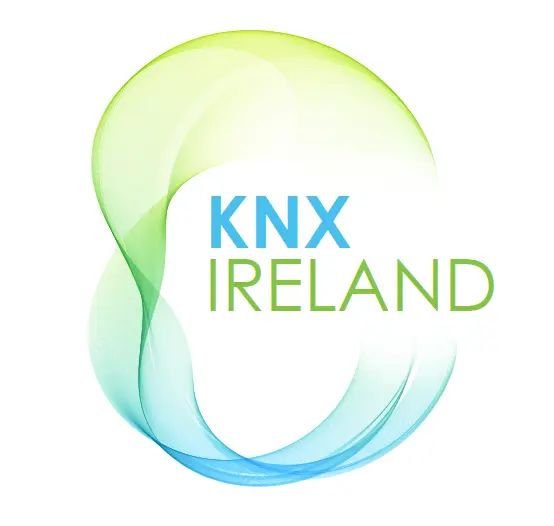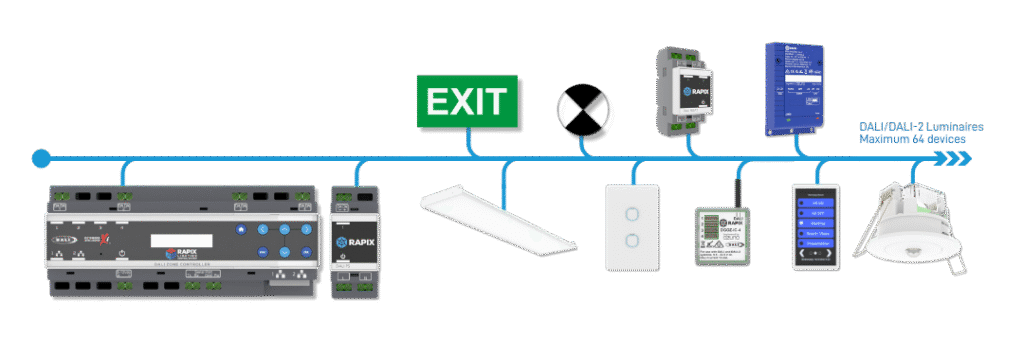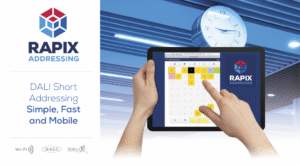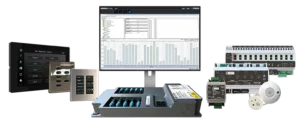The DALI-2 lighting control market is home to a wide range of well-established and innovative solutions, including systems from Zencontrol, Ozuno Rapix, Delmatic DALI, Tridonic DALI, and Osram DALI. Each of these manufacturers brings unique strengths and technologies to the table, offering tailored approaches to lighting automation, monitoring, and energy efficiency. From advanced commissioning tools and intelligent sensors to flexible integration with building management systems, these solutions are designed to meet the diverse needs of commercial, industrial, and architectural lighting projects. Ultimately, the choice between them often depends on specific project requirements, scalability expectations, and client preferences for functionality and user experience.
One of the more popular DALI2 solutions in UK and Ireland is Ozuno Rapix, an Australian brand with global reach and a passion for innovation.







